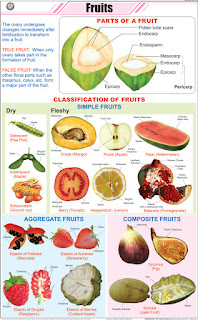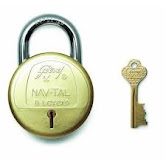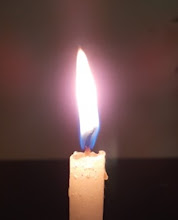Introduction-
In our day today life almost everything is changing. Some are changing fast and easily visible, some others are very slow and not easily recognizable. e. g- Day, Night, Rotation of the Earth, Seasons, Weather, Daily Routine, Drying of Clothes, Cooking of Food, Rusting of Iron, Glowing of Bulb, Movement of Vehicles, Cutting of fruits, Inflating of balloons, Revolution of the Planets around the Sun, Melting of Ice, Iron rod becomes hot due to heating etc. So, changes are only permanent things in this world.
Types of Changes- There are many ways to classify the changes.
A. Reversible and Irreversible changes- Those changes in which the newly formed substance can be reversed back to get the original substance is called as reversible change.
A------> B-------> A
Or, A-------->B
A<-------- B
e. g.- Melting of Ice to form water on heating and then formation of ice on cooling.
e. g.- Inflating and deflating of balloon
Those changes in which the newly formed substance cannot be reversed back to get the original substance is called as irreversible change.
A -------> B
e.g.- The cooked rice cannot
reverse back to raw rice.
e. g.- The Jaggery cannot used to get the juice of sugarcane.
B. Physical and Chemical Changes- Those
changes in which no new substance are formed are called as physical changes.
Only the shape, size, state and colour of any
substance change in the physical change. e.g.- Crumpling of Paper causes change
in its shape, Tearing of paper in small pieces, Melting of Ice cubes to liquid
water and Freezing of water forms ice cubes, Iron rod becomes hot due to
heating etc.
C. Slow and Fast Changes- Some changes occurs very fast. They are called fast changes. E.g.- Burning of paper, melting of ice, etc. Some changes take lots of time to occur, they are called slow changes. E. g.- Growth of plants and animals etc.
D. Periodic and Non-periodic changes- Changes that repeat at regular interval of time are called periodic changes. E. g- Swing of pendulum, phases of moon etc. Changes that do not repeat at regular interval of time are called non-periodic changes. They are irregular in terms of time. E. g- Volcanic eruption, earthquake, Forest fire etc.
E. Desirable and Non-desirable changes- Changes that occur as per our desire and will are desirable changes. They are natural as well as man –made. E.g.- Seed-germination, Ripening of fruits etc. Changes that are unwanted or unnatural are called non-desirable or undesirable changes. E.g.- Rusting of iron, spoiling of food, etc.
Causes of Changes-
1. Changes by Heating- Due to heating the metal objects expands and their size increases. On cooling their size decreases. E. g.- Iron rim of wooden wheels . The length, area and volume increases on heating.
2. Changes by Mixing- The changes also occur on mixing one thing with other. e.g.- Curd is formed by adding some curd in lukewarm milk, Water and sugar solution etc.
3. Changes by Applying Pressure- When pressure is applied, change in shape occurs in shape and size.
e.g.- Changing the shape of flattened balloon
EXERCISE QUESTIONS






























































